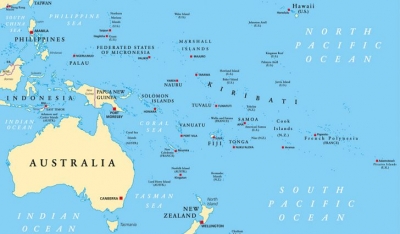
Gobi Desert, the largest desert in Asia, promises stunning sand dunes, dinosaur fossils, and warm hospitality from nomad families and friendly Bactrian camels.
Spanning across 1,295,000 square kilometres, the desert lies in the dry region of the Tibetian Plateau, extending from northern China to Mongolia and passing through several trading cities along the historical Silk Road including Turpan, Hami and Dunhuang.
Extending from northern China into Mongolia, the Gobi Desert receives an average of 7 inches of rainfall each year because the Himalaya Mountains block rain clouds from reaching the region. The Silk Road actually passes through the Gobi Desert, and through historic trading cities such as Turfan, Hami and Dunhuang. Today, the Gobi continues to grow every year, as winds carry desert sand into nearby areas and erodes the surrounding top soil. This process of desertification renders fertile land unusable and occurs in the Gobi at an alarming rate for the nearby human population. Gobi is not one thing. But it comprises of 33 Gobi with different features and climate. Gobi has canyon, flowery steppe, beautiful crags, wide hollows with few oases, saline and green saxaul thickets. The Gobi Desert is not only famous for dinosaur species discovery, but also well known for its rich natural resources. The Gobi Desert is rich in copper, gold and coal deposits. One of them is called Oyu Tolgoi which is world’s third largest copper and gold mine.
Picture Credit : Google










